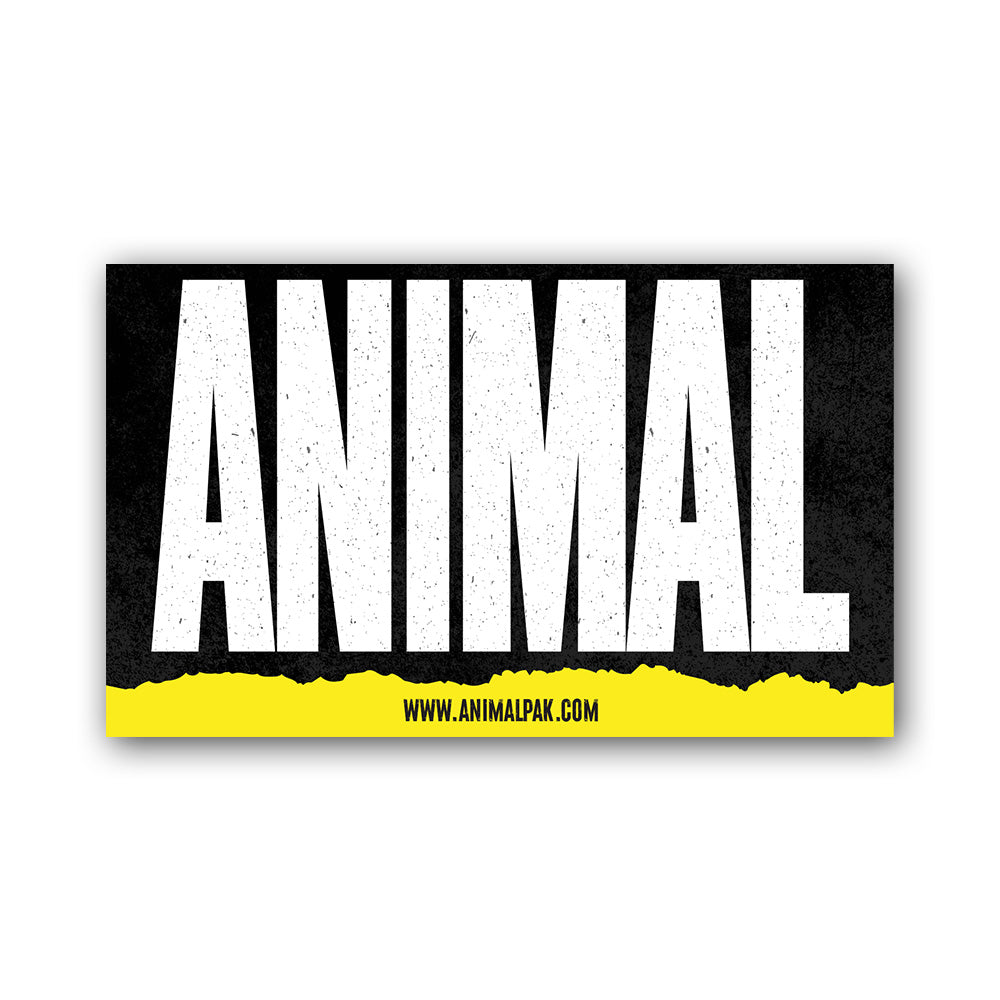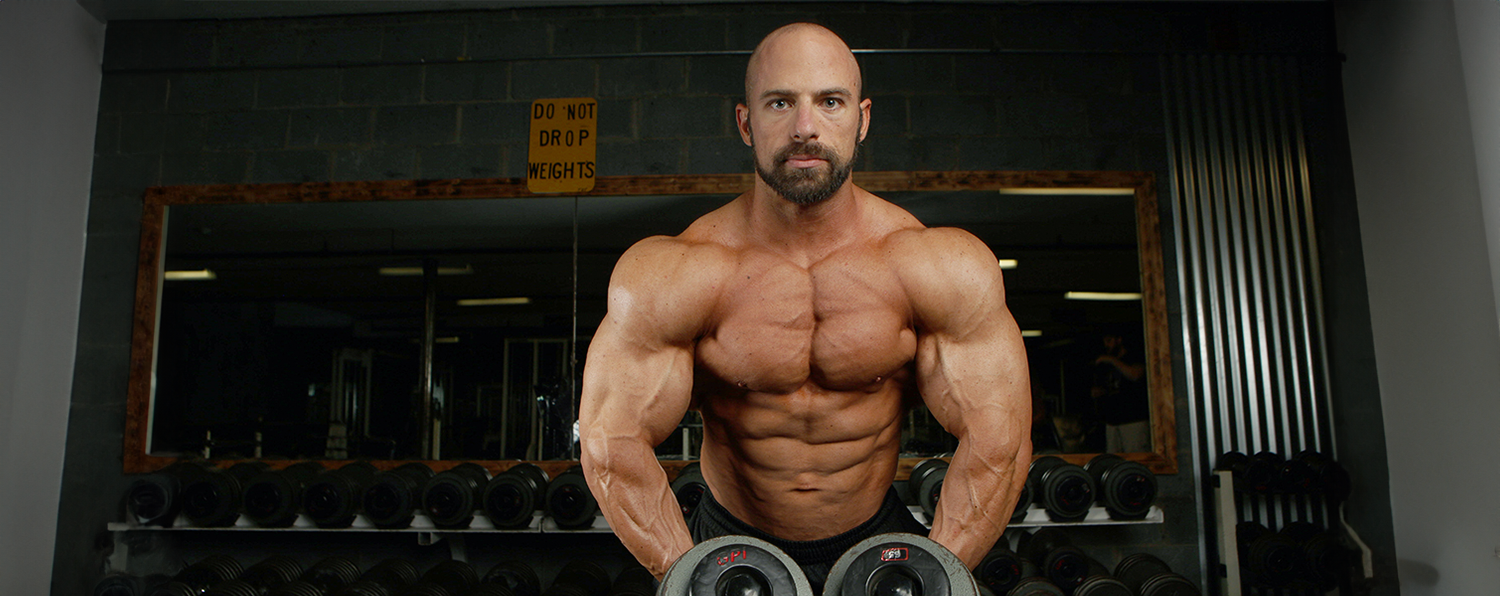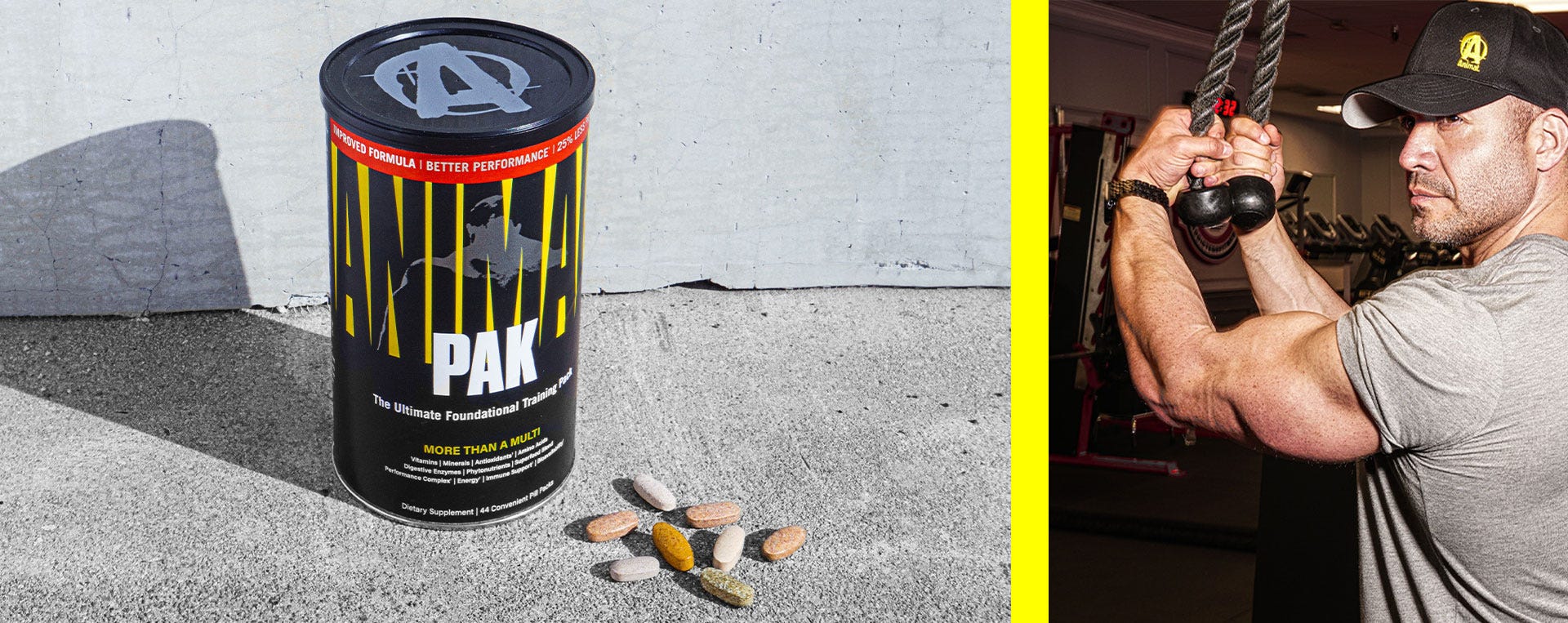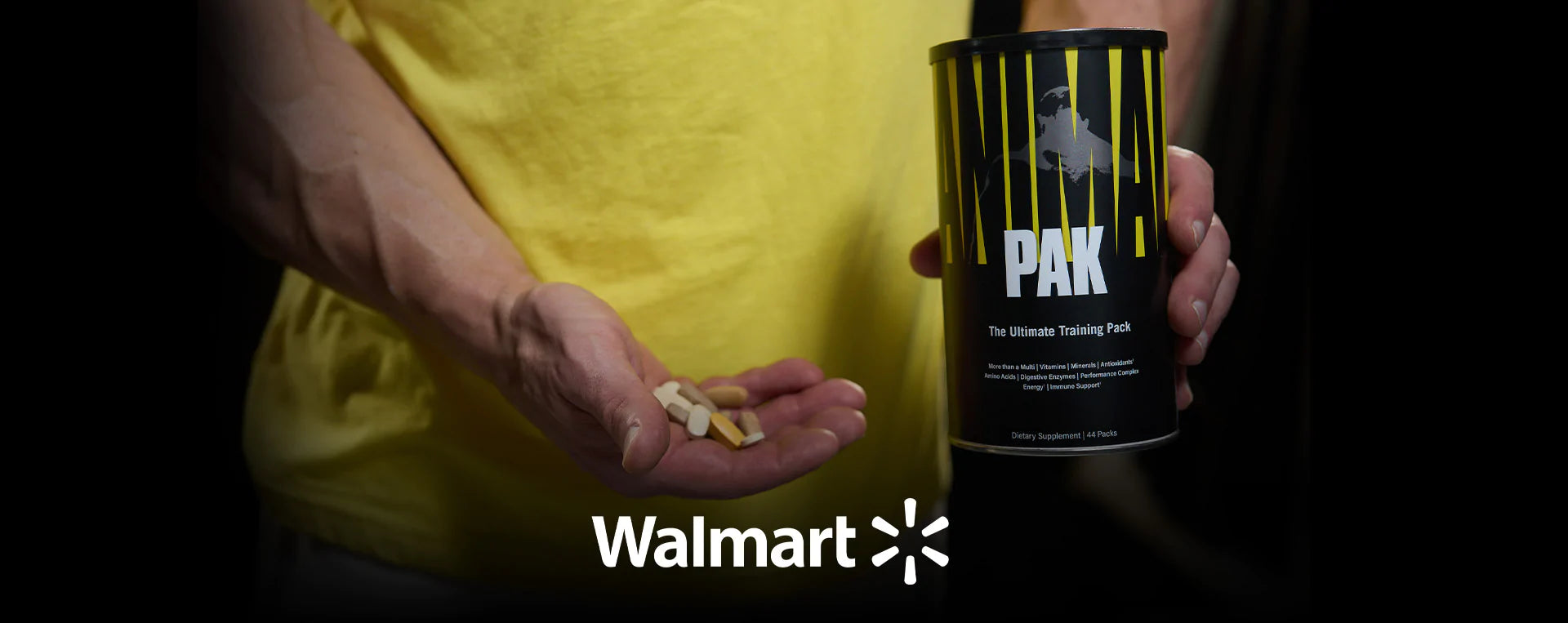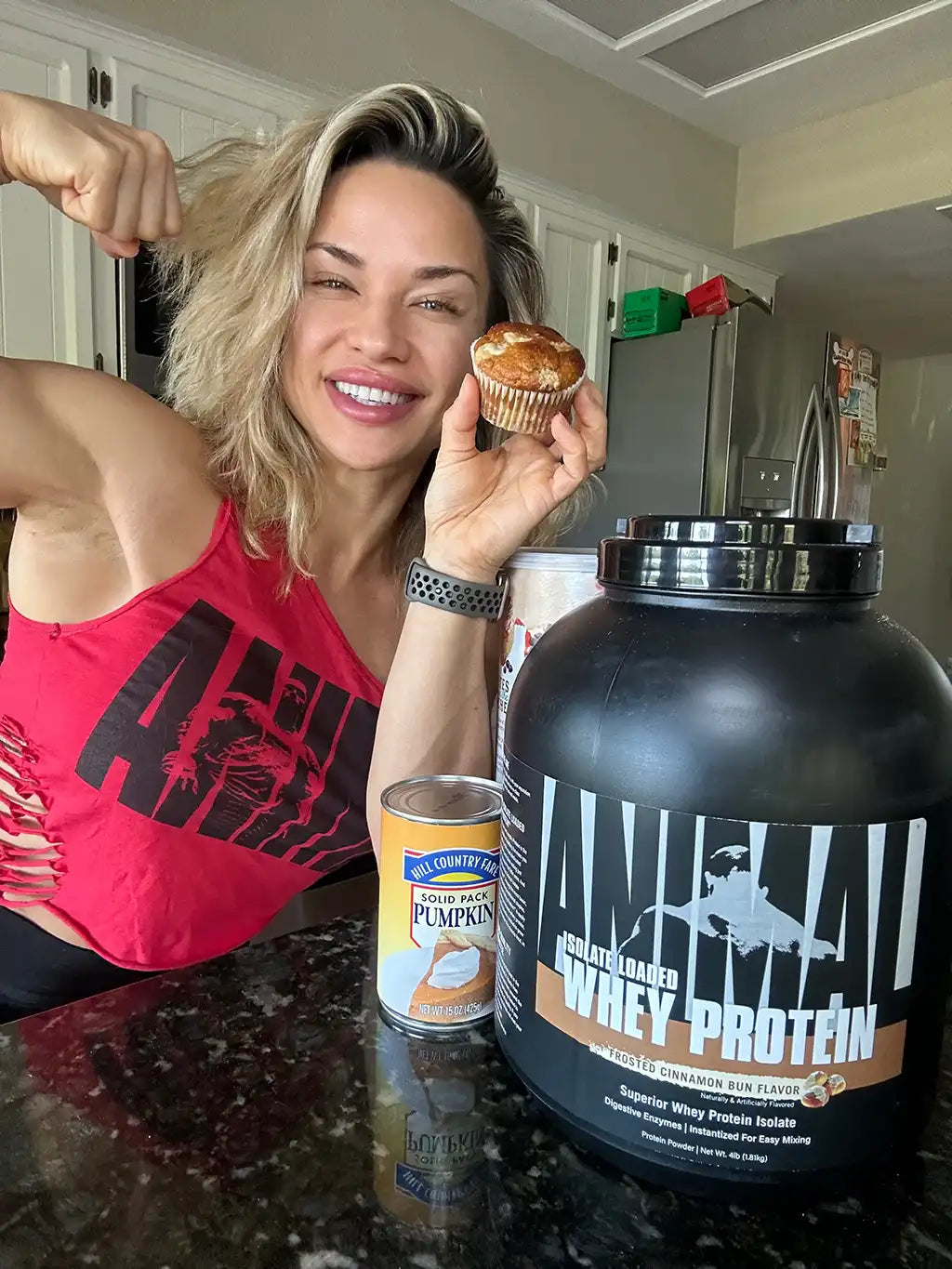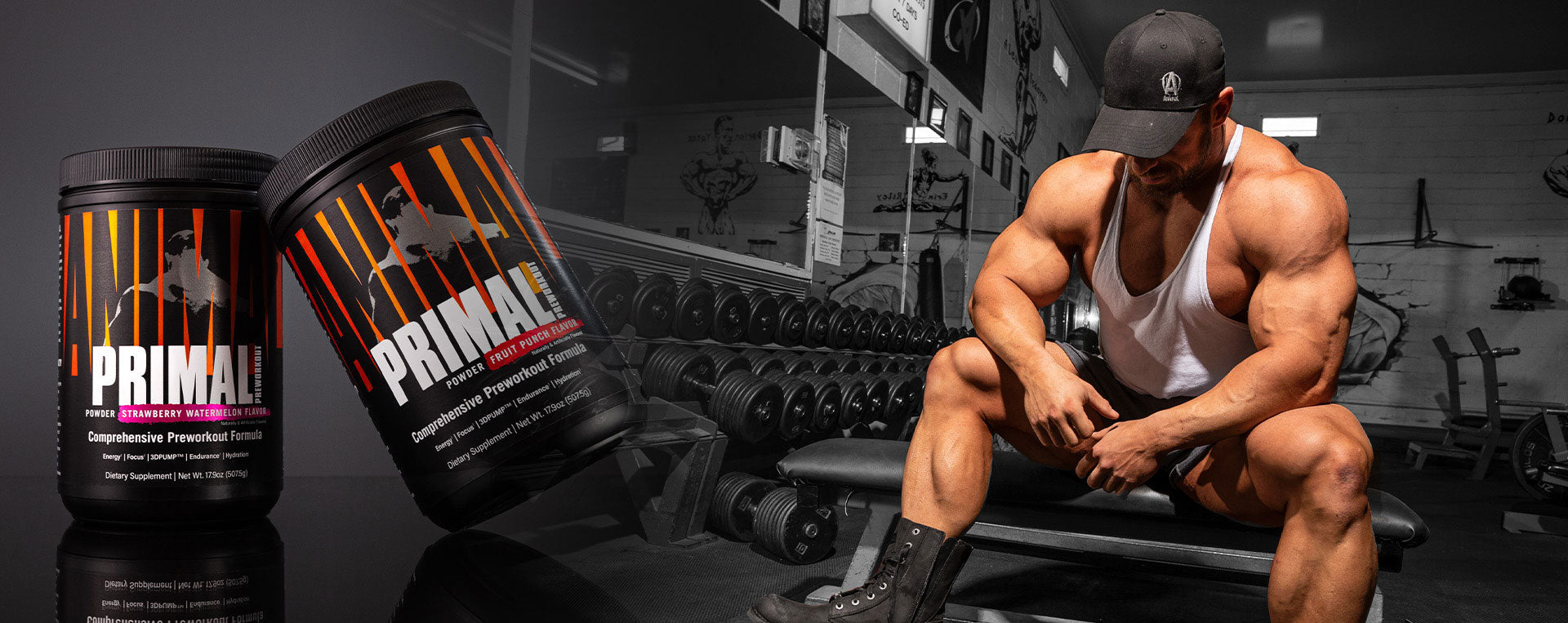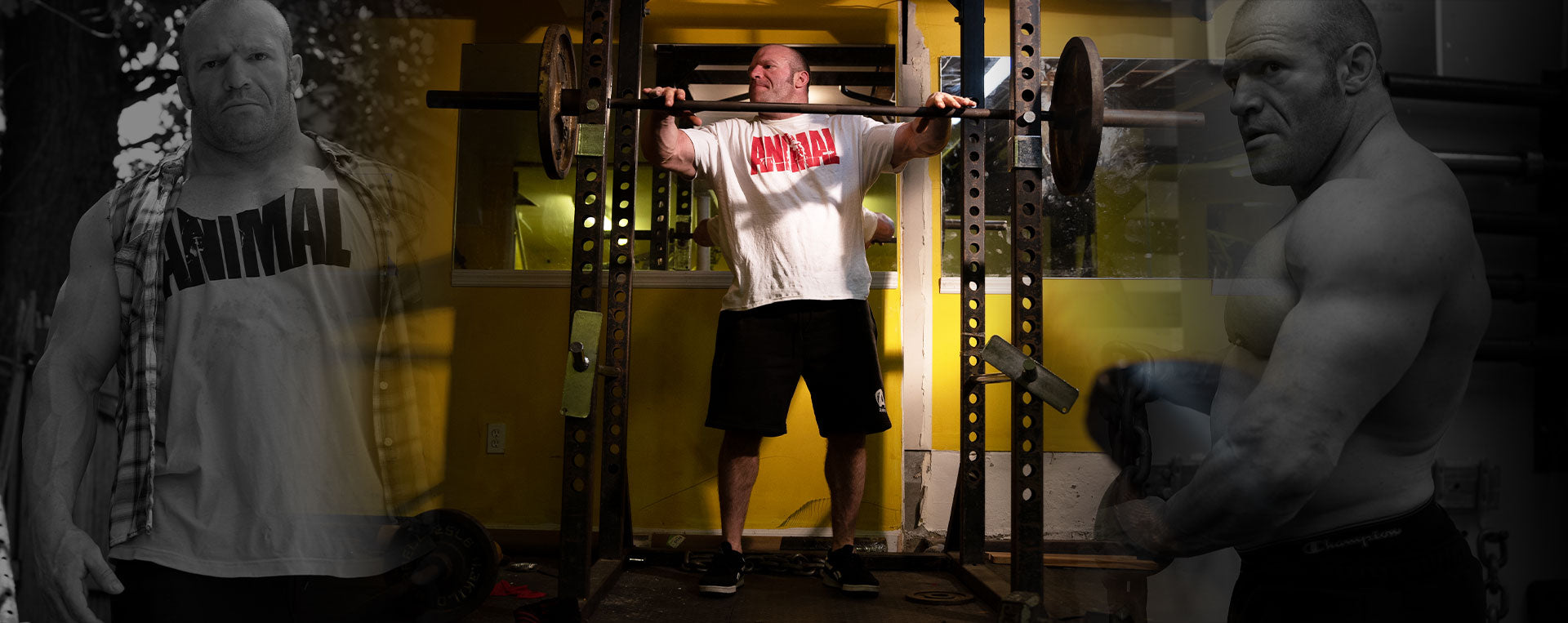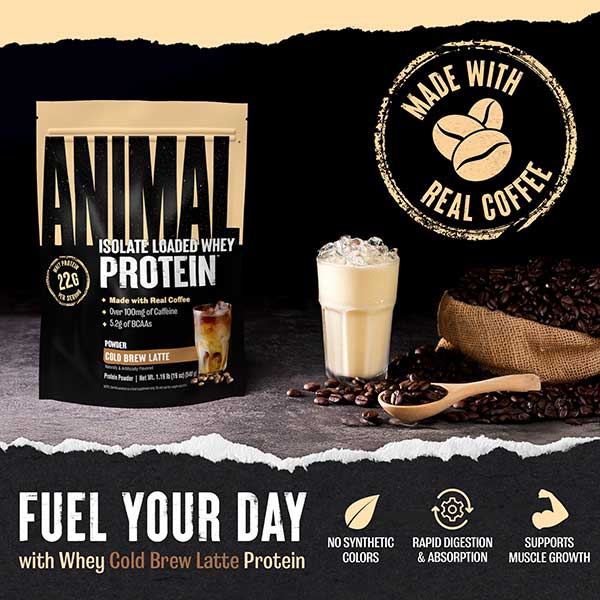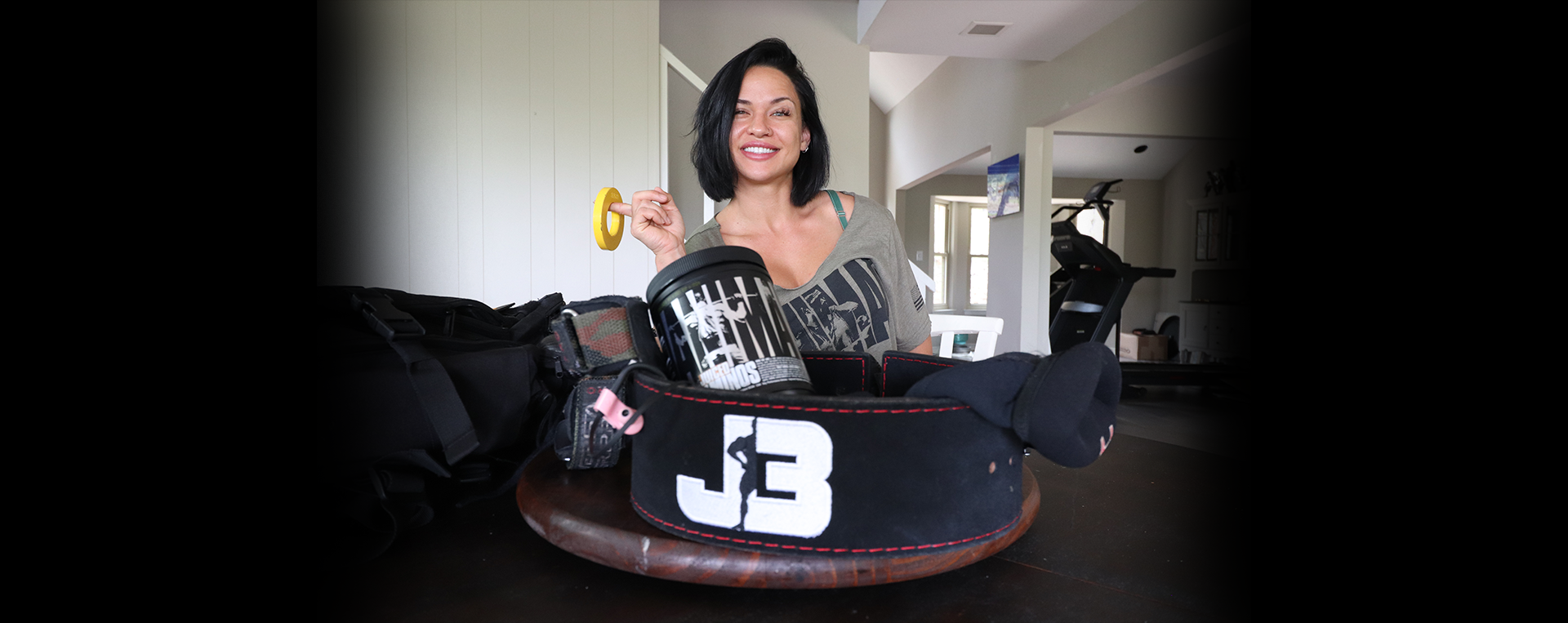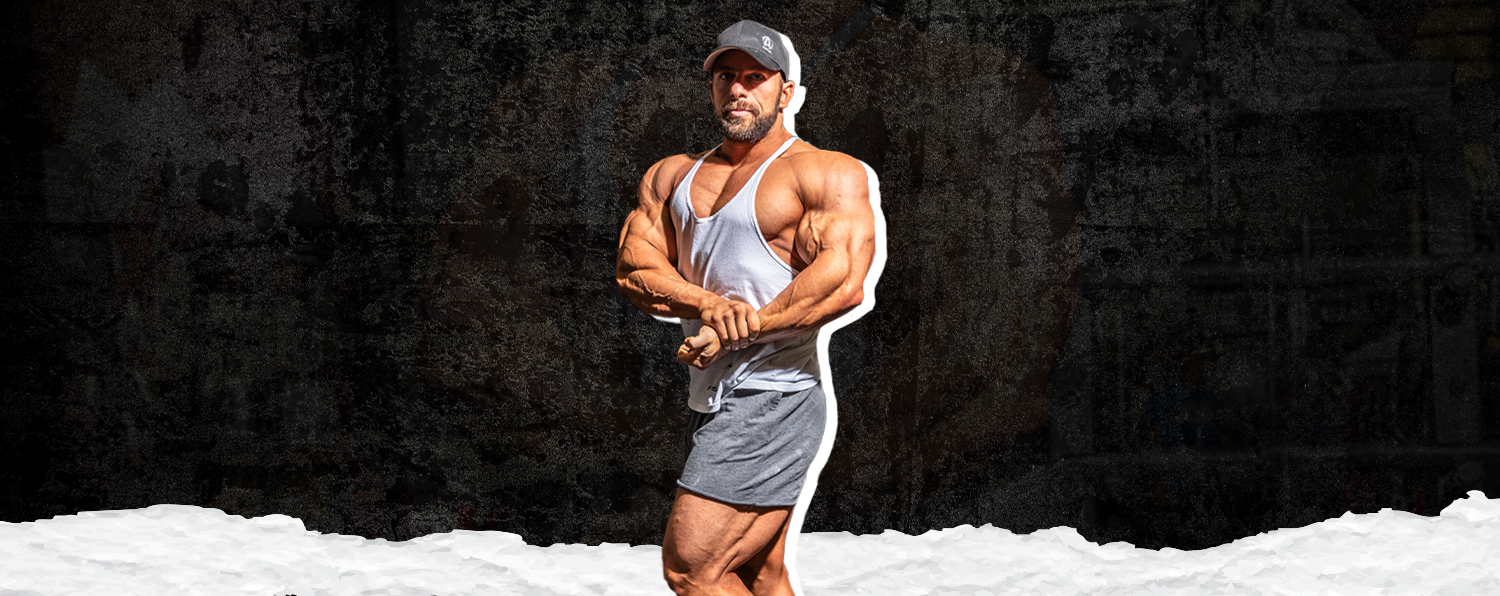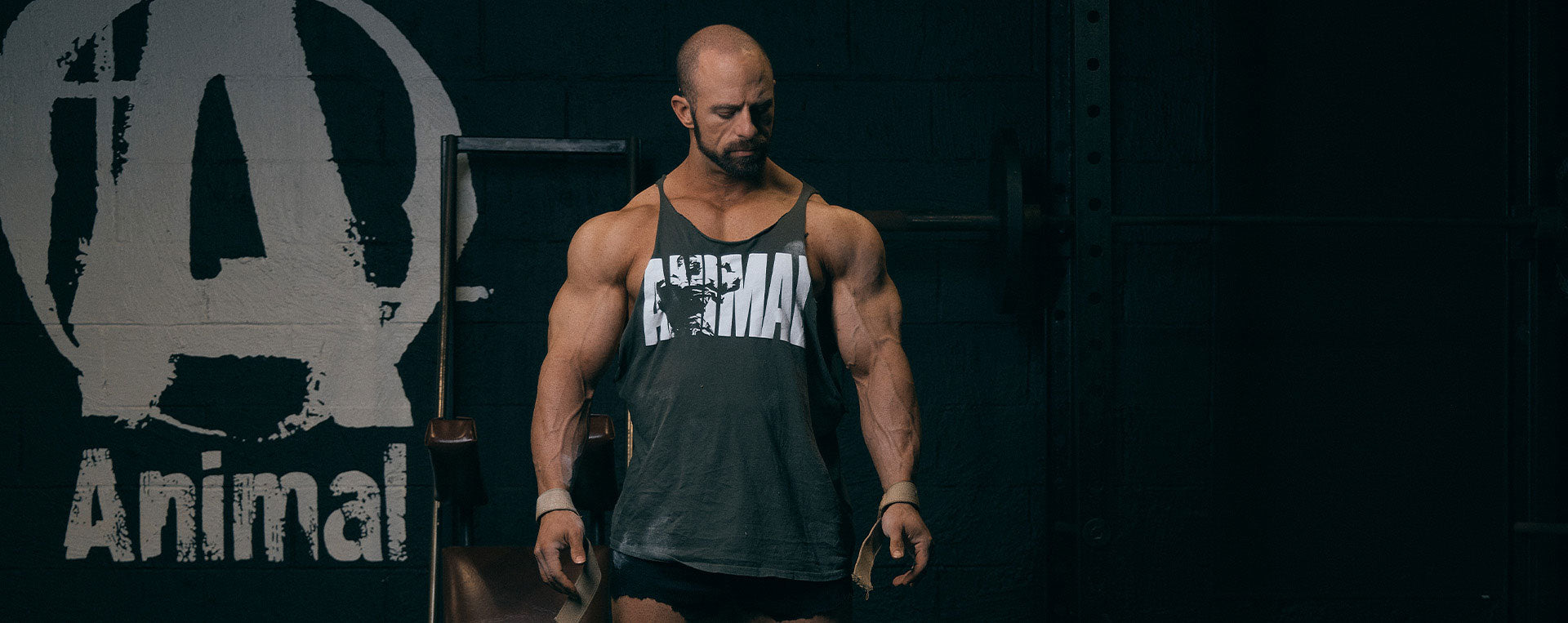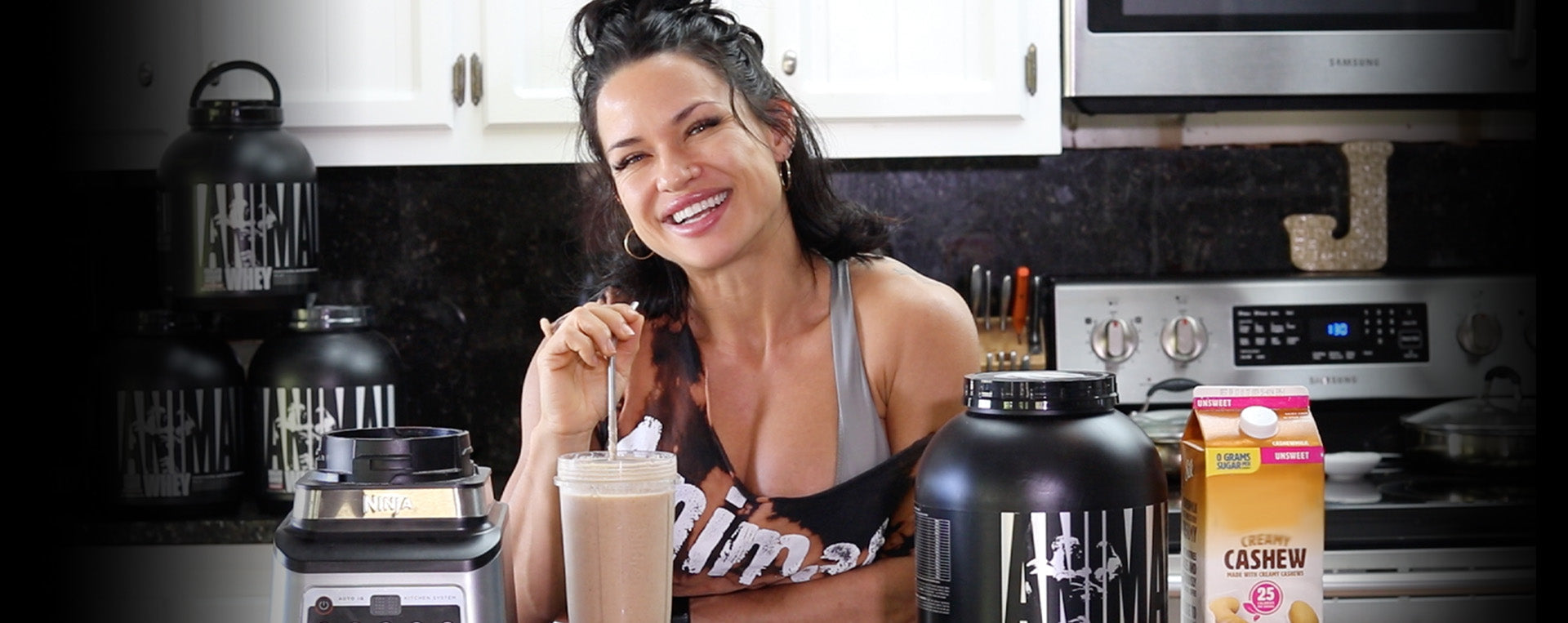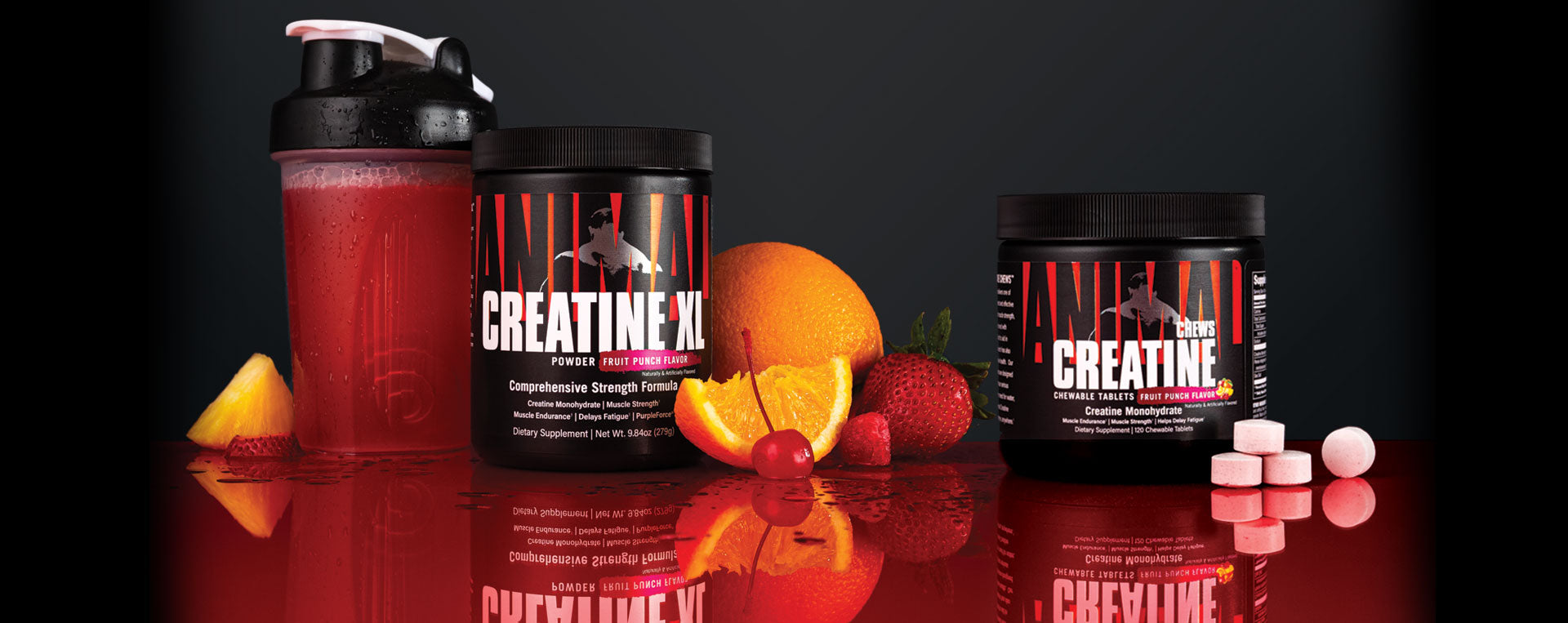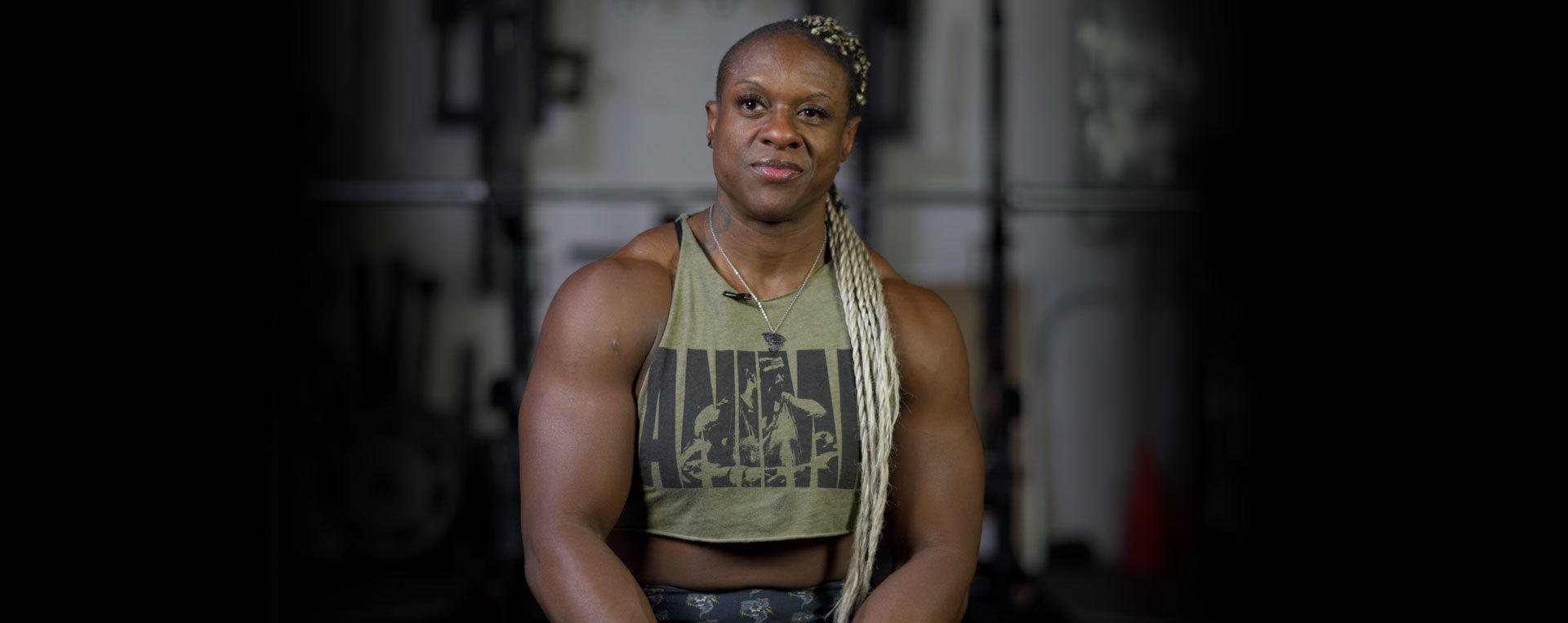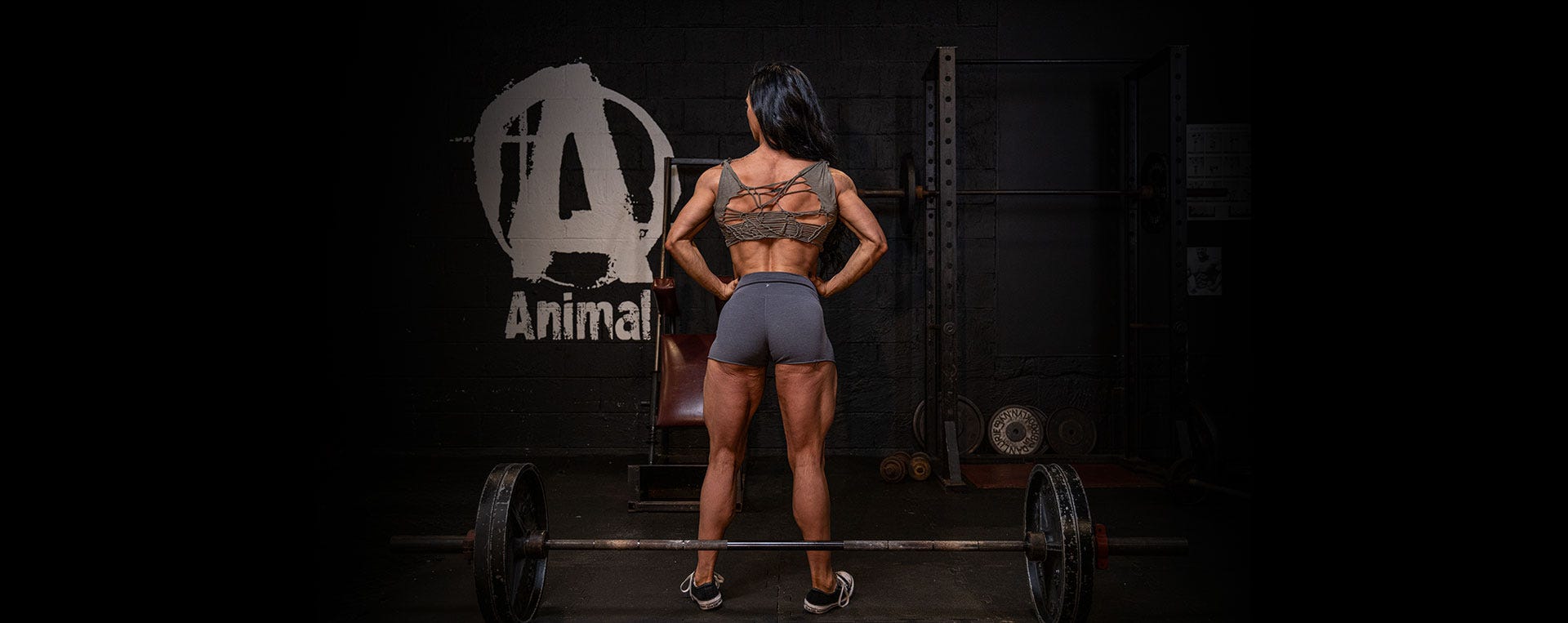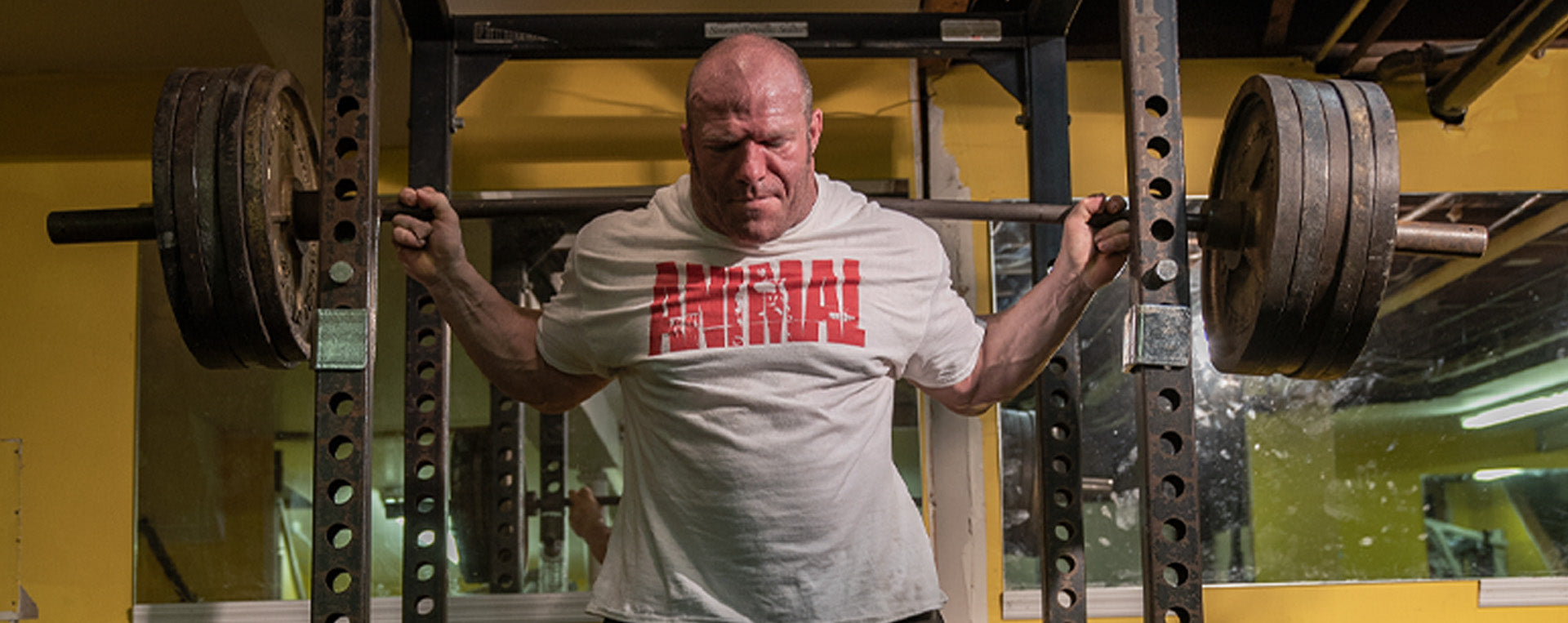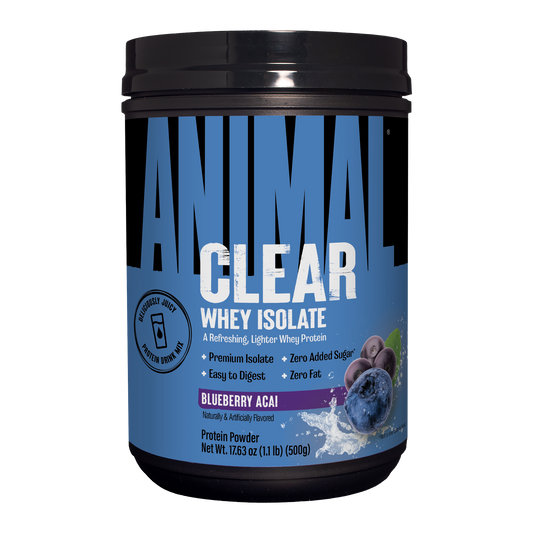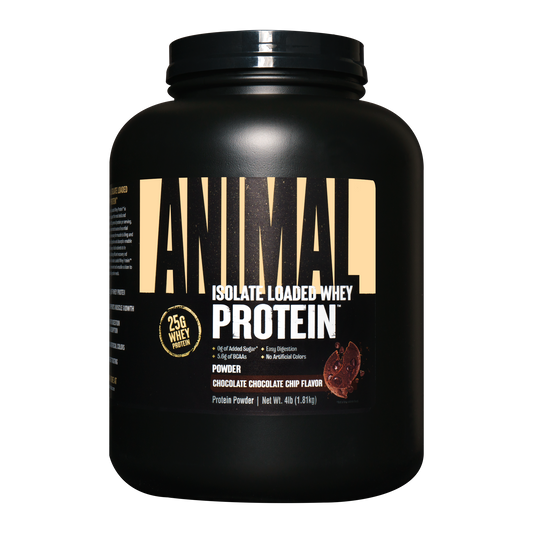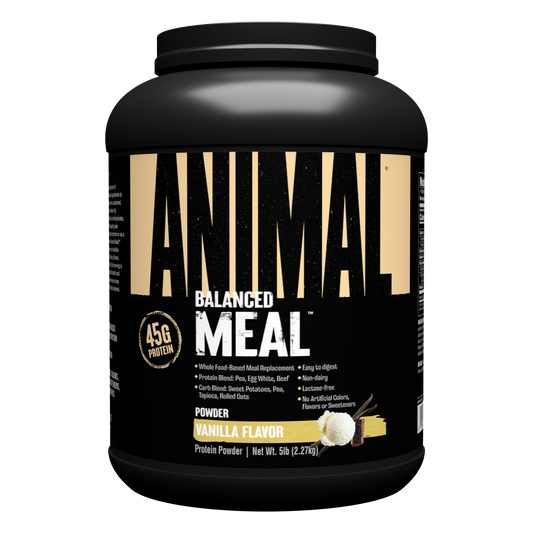We all know contest prep comes with a certain level of inevitable “suffering.” Sometimes it’s necessary to dig deep and put yourself in a very uncomfortable place to reach stage leanness. The physical and mental aspect of prep is difficult enough without the additional stress of an injury. How do we manage to continue on prep and train around an injury? Read on to find out.
Part of the Game
Any athlete will tell you that injuries are just part of the game. We can try our best to avoid injuries in the first place, but despite our best efforts it can still happen. Whether you’re in off-season or in contest prep, sustaining an injury isn’t fun. In off-season you have a little more flexibility with being able to take time off from the gym if needed, rehab your injury, and resume normal training once the issue is resolved. Unfortunately, injuries can sneak up on us at any given time. So what happens when we’re weeks deep in to contest prep and meet such a challenge? It might seem like all is lost when this happens.
“How can I retain muscle if I can’t train?”
“If I don’t train I’ll fall behind.”
“Now I’ll never be ready in time.”
These are just some of the thoughts that can run through your head. I’m no stranger to injuries during contest prep and, let me tell you, from first-hand experience it sucks.
I’m currently in prep aiming to make my pro debut. At 10 weeks out, my workouts had been going as smooth as butter on a hot biscuit. I was on my last set of leg press when Murphy’s Law struck. I sunk my leg press just a little too deep and I suddenly felt a sharp, hot pain in my lower back. I immediately racked my weight and stopped my workout. I knew exactly what had happened. I’ve dealt with this same back injury on and off for years even before I started weight training. Having dealt with this before, I knew the appropriate steps to take for the fastest recovery possible and how to train while taking the time to recover.
Avoid Injury…Only in a Perfect World
Before we even dive into how to manage an injury, let’s talk about avoiding the injury altogether. Sometimes that’s not possible, but there are certain steps you can take to lessen the likelihood of an injury. We have to remember that in contest prep there’s an inevitable rise in fatigue and, with that, a decrease in the ability to recover. This is where fatigue management will be of the utmost importance. We can do this by adjusting load, reps, and volume depending on your recovery capacity throughout prep. Lowering your training volume or adding in a rest day will be more beneficial than trying to grind it out. Eventually, the lack of recovery will catch up to you and lead to an injury.
Some training management strategies we can put into place:
Strategy #1
· Lower set volume per session as needed to maintain performance
· Remove cardio heavy metabolic work such as super sets and high reps
· Remove set extenders such as rest pauses and failure forced reps
Strategy #2
· Split training session volume into more frequent sessions to shorten the overall session
Example: From Push/Pull/OFF/Legs/OFF to Push, Pull, Delt/Arms, Legs, OFF
Strategy #3
· Switch exercises to fewer fatiguing movements that require less stabilization. I know you loved your heavy, gritty deadlifts in the off-season. You were slangin’ and bangin’ weights, slapping on some good muscle. We’re trying to make it to stage in one piece so swapping that demanding lift for something like a machine good morning would be a good idea. Don’t worry, your deadlift bar will still be waiting for you.
Strategy #4
· Take a deload week to back off the gas and recharge.
Severity of Injury: Complete Rest or Work Around It?
There is a way to work both harder and smarter for an optimal prep. But for the sake of this article let’s say you’ve already sustained an injury. If you’re like me, you’re going to want to do everything in your power to get on the road to recovery, all while not missing a workout. There are some considerations to be made when assessing the injury and what training capacity you can handle while making a full recovery.
Assessing the type of injury will be the first step in figuring out the correct recovery protocol. I know many of us want to “train through the pain” because “no pain, no gain,” but if you have a legitimate injury you can’t just rub some dirt on it and hope it goes away. It’s best to see a medical professional to assess exactly what the injury is and how it needs to be treated. If your injury doesn’t demand complete rest, there are ways to train around the pain.
I’m a real world subject—I’m in prep and I have a lower back injury. I know it will take 1-2 weeks to feel fully recovered enough to resume my normal training. I’ve been to my rehab professional and we’re using various treatments to address my injury. Although my injury comes with a certain level of pain and I can’t perform particular exercises, this injury doesn’t require complete rest. These are the training protocols I’ve put in place to continue training while letting my back recover.
- Train with a lighter load and higher reps.
During the first few days of my injury I dropped my load to 50% of what I would normally do and stuck with a rep range between 15-20 reps. This ensured I was still getting muscle stimulus while not overstepping the limitations of my injury. - If it’s painful, don’t do it. It’s as simple as that.
I have a machine good morning programmed in my training split. Since I’m in a locked position, I thought I would be able to do it with a lighter load. I tested the waters with zero load and it just did not feel right so I didn’t do it. Instead I opted for arsenal squat. Is it the same movement pattern? Well, no. But at this point I’m just trying to get muscle stimulus and, being limited on what I can do, I won’t be picky. - Be extra diligent with form.
I pride myself on proper lifting technique, but I’m even more mindful of proper form during this time. If you’re already dealing with an injury, bad form will only worsen or increase your risk of another injury.
Recovery Support
I know the importance that nutrition has on injury recovery, and I want to create an optimal healing environment so I can get back to my normally scheduled programming as soon as possible. Of course, I am in contest prep which means there’s a certain amount of dietary restriction. This is where supplementing your current regimen can help fill in any dietary gaps. Below I outline the supplements that I’m taking to help aid me in my road to recovery.
Animal Pak
Having a good quality multivitamin in place will help prevent vitamin and mineral deficiencies while helping aid in tissue repair. Animal Pak comes in a convenient pill pack or in powder form. I personally prefer the powder because it just tastes delicious. If you’re in prep and you can have something that’s sweet and tastes good without breaking the calorie bank? That’s winning.
Animal Immune Pak
Animal Immune Pak is chock-full of vitamin C, vitamin D, zinc, N-acetyl cysteine, plus so much more. The contents of Immune Pak will aid in tissue repair and antioxidant support. Like Animal Pak, this also comes in a pill pack or powder form. Again, I personally prefer the powder for the simple fact that it tastes great.
Animal Flex
Flex is the complete joint support stack. A few noteworthy ingredients in Animal Flex include glucosamine sulfate which helps to form and strengthen tendons, cartilage, ligaments, and joint fluid. Manganese strengthens wounded tendons and ligaments. It includes hyaluronic acid for tissue regeneration and joint lubrication. Animal Flex comes in both pill packs and powder form. If you guessed I prefer the powder, you’re correct! If I can drink it and it tastes good, I’m sold.
Animal Greens
Animal Greens has an extensive ingredients list. Honestly, the amount of phytonutrients, antioxidants, and digestive ingredients that they’ve manage to condense into this is very impressive. They all aim to help strengthen the immune system and overall health. Animal Greens only comes in capsule and tablet form, which is fine by me because every time I’ve tried a powder greens product, it tastes like I shoved a handful of freshly mowed grass into my mouth.
Moving Forward
I think we can all agree that the best thing you can do is avoid injury in the first place. But like I said, we don’t live in a perfect world. When an injury happens, I know it can leave you feeling defeated, depressed, and drained of all motivation. Don’t let it force you into a negative mental state. Take action. Don’t wait around in that negative state and hope to get better. In life, we’ll always encounter some type of setback. It’s what you do about that setback that will determine whether you achieve your goal or not. With some flexibility, adjustments, and supplement support, you can still train and continue on the path to a successful prep.




